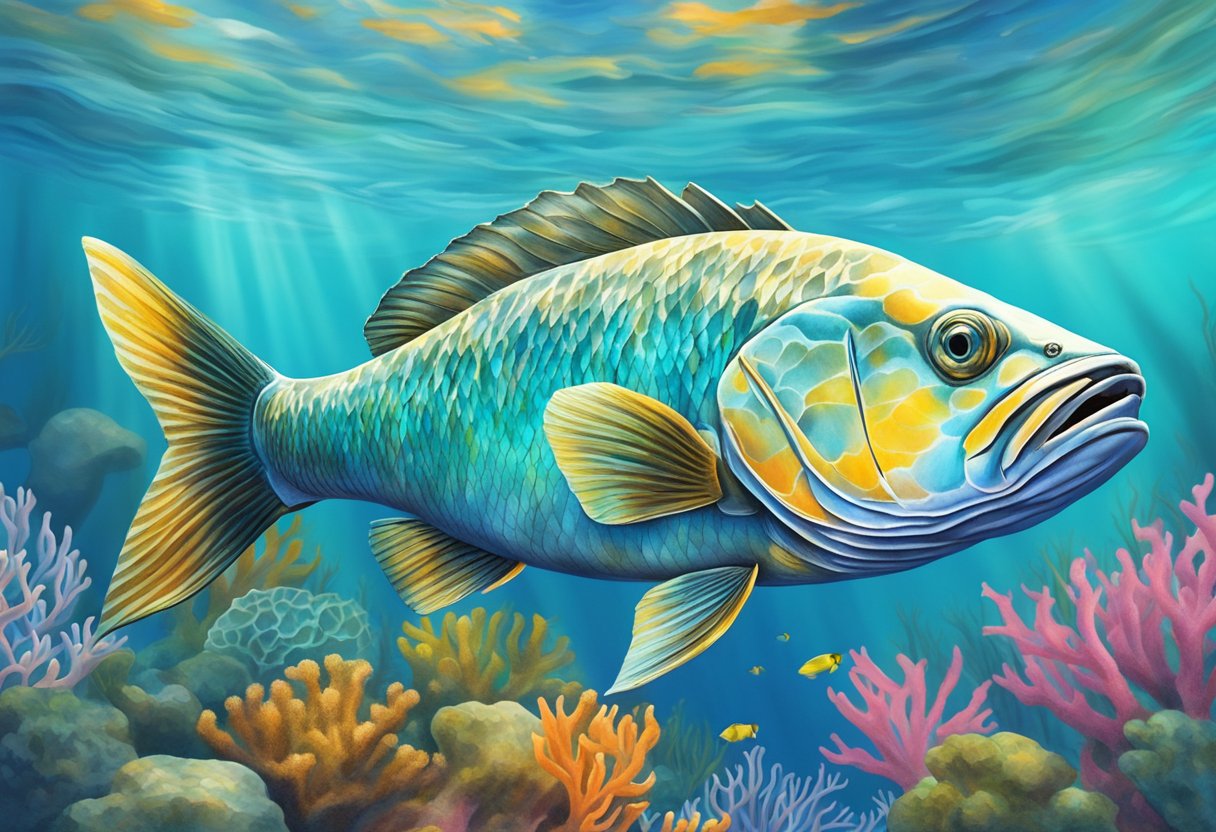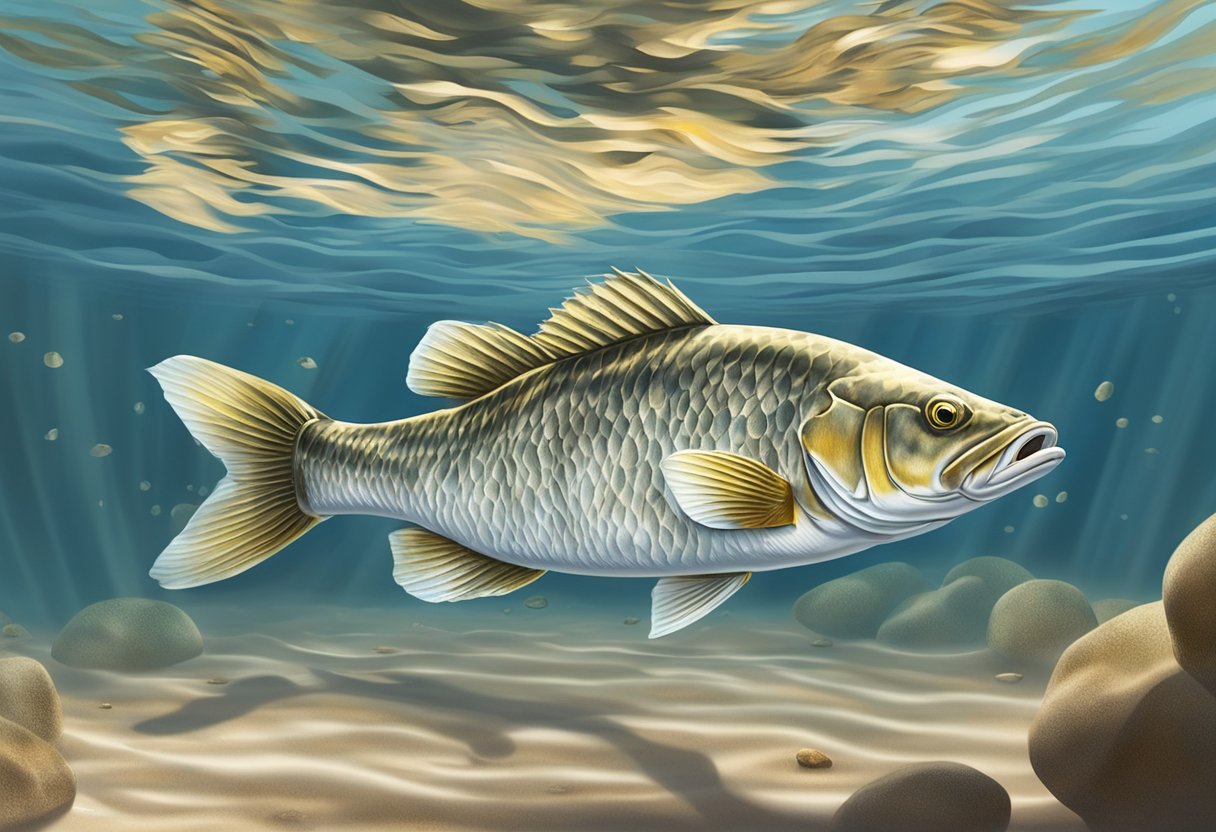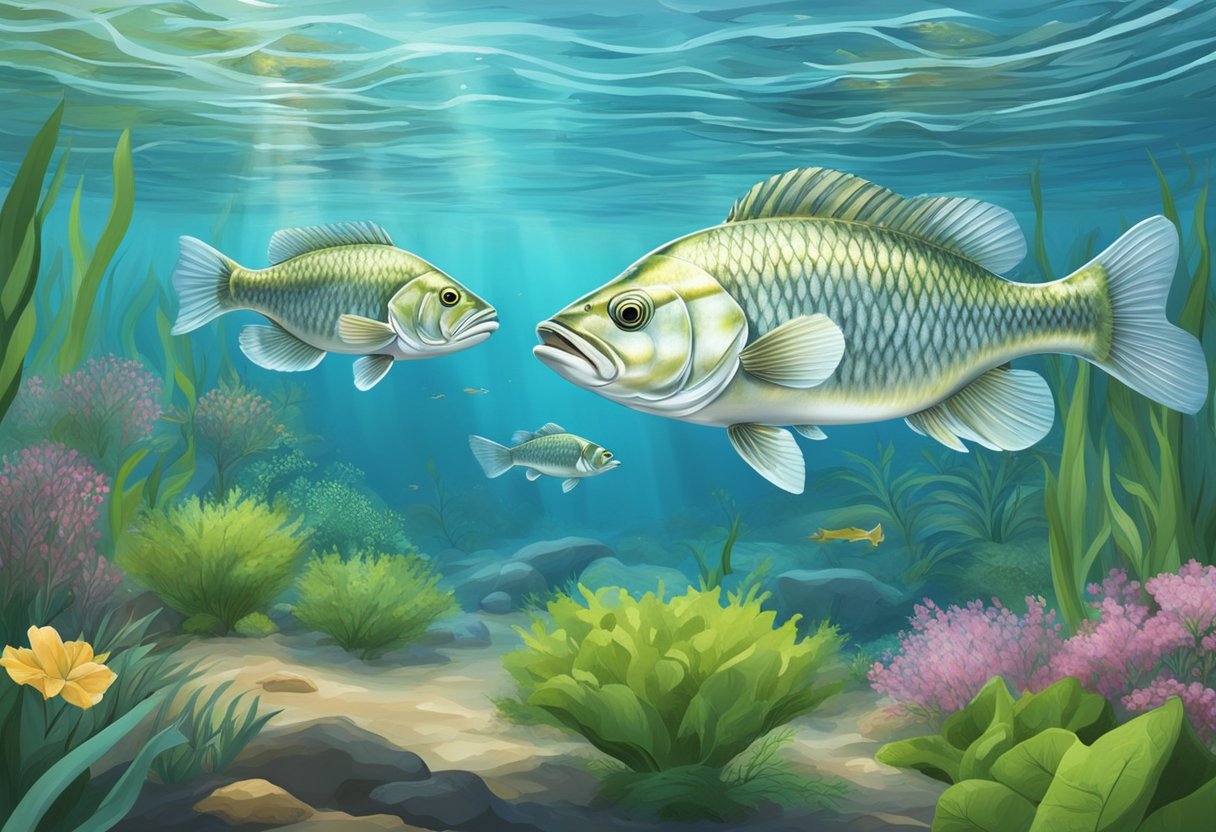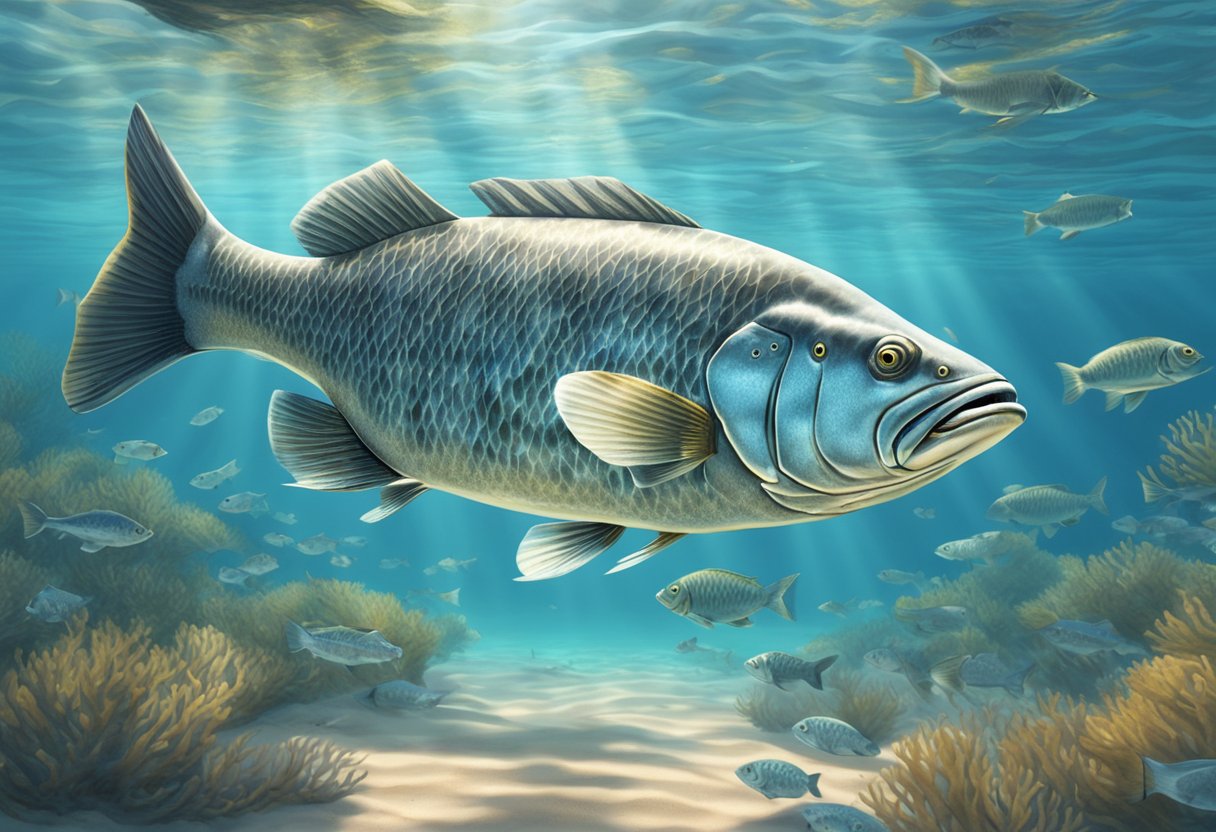Barramundi fish, also known as Asian sea bass or giant sea perch, is a popular seafood that is widely distributed in the Indo-West Pacific. This species of catadromous fish, which belongs to the family Latidae of the order Perciformes, has a mild, buttery flavour and firm texture, similar to snapper, grouper or sole. If you're a seafood lover, barramundi fish is definitely worth trying.

Barramundi fish is native to tropical northern Australian waters, but it is also farmed in many other countries, including the United States, Thailand, and Vietnam. It is a sustainable choice for seafood lovers, as it is a fast-growing species that can be farmed with minimal impact on the environment. In addition, barramundi fish is high in protein, omega-3 fatty acids, and other essential nutrients, making it a healthy addition to your diet.
Key Takeaways
- Barramundi fish is a popular seafood with a mild, buttery flavour and firm texture.
- It is native to tropical northern Australian waters, but is also farmed in many other countries.
- Barramundi fish is a sustainable choice for seafood lovers and is high in protein, omega-3 fatty acids, and other essential nutrients.
Barramundi Basics

If you are looking for a delicious and healthy fish to add to your diet, barramundi may be just what you need. This white-fleshed fish has a mild, buttery flavour and is packed with nutrients that are beneficial for your health. In this section, we will cover the basics of barramundi, including its habitat and origin, nutritional profile, and culinary uses.
Habitat and Origin
Barramundi is a fish that is native to the Indo-Pacific region of the ocean. It is found in both fresh and saltwater, and is known to spawn exclusively in estuaries. You can find barramundi in coastal areas, tidal rivers and flats, and lagoons. It is also common to find them in areas where freshwater meets saltwater, and around rock bars.
Nutritional Profile
Barramundi is a highly nutritious fish that is low in calories and high in protein. A 100-gram serving of barramundi contains approximately 113 calories and 23 grams of protein. It is also rich in omega-3 fatty acids, which are essential for maintaining good health. Omega-3s can help to lower your risk of heart disease, reduce inflammation, and improve brain function.
Culinary Uses
Barramundi is a versatile fish that can be cooked in a variety of ways. Its mild flavour makes it a great choice for those who are not fans of fishy-tasting seafood. You can cook barramundi fillets by grilling, baking, or pan-frying them. It can also be used in stews, curries, and soups. Barramundi pairs well with a variety of herbs and spices, including garlic, ginger, and chilli.
In summary, barramundi is a delicious and nutritious fish that can be enjoyed in a variety of ways. Whether you are looking to improve your health or simply want to try something new, barramundi is definitely worth a try.
Sustainability and Farming

When it comes to barramundi fish, sustainability and farming practices go hand in hand. If you're interested in learning more about how barramundi is farmed sustainably, read on.
Aquaculture Practices
Barramundi is typically farmed in cages or ponds, where the fish are raised in a controlled environment. These farms use a range of aquaculture practices to ensure the health and wellbeing of the fish, including monitoring water quality, providing a vegetarian diet, and avoiding the use of antibiotics and other chemicals.
Environmental Impact
One of the key benefits of farmed barramundi is that it has a lower environmental impact than many other types of fish. For example, barramundi farms in the Indo-Pacific region are often located in areas that are not suitable for other types of agriculture, which means that they are not competing with other food production systems for resources. Additionally, farmed barramundi has lower levels of mercury and other contaminants than wild-caught fish.
Choosing Sustainable Options
If you're interested in buying barramundi, it's important to look for sustainable options. Frozen barramundi is widely available in grocery stores, but not all products are created equal. Look for barramundi that has been farmed sustainably, and avoid products that may have been raised using unsustainable practices.
Overall, barramundi is a great choice for those who are looking for a sustainable and healthy source of fish. By choosing farmed barramundi that has been raised using sustainable practices, you can enjoy this delicious fish while also doing your part to protect the environment.
Frequently Asked Questions

How do you cook a barramundi fillet to perfection?
Barramundi is a versatile fish that can be cooked in various ways. The most popular methods of cooking barramundi fillet include grilling, baking, and pan-frying. When cooking barramundi, it's important to not overcook it, as it can become dry and lose its flavour. A general rule of thumb is to cook barramundi for about 3-4 minutes on each side, depending on the thickness of the fillet.
What's the average price for barramundi in the market?
The price of barramundi can vary depending on the location and season. On average, you can expect to pay around £15-£20 per kilogram for fresh barramundi fillets. However, prices may be higher or lower depending on the market and the time of year.
Can you tell the difference between barramundi and sea bass when eating?
Barramundi and sea bass are both white-fleshed fish with a mild flavour. While they may look similar, there are some differences in taste and texture. Barramundi has a slightly sweeter flavour and a firmer texture than sea bass. However, the differences are subtle, and many people may not be able to tell them apart.
What are the health benefits of including barramundi in your diet?
Barramundi is a healthy and nutritious fish that is rich in omega-3 fatty acids, which are essential for maintaining good health. Omega-3s have been shown to reduce inflammation, improve brain function, and lower the risk of heart disease. Barramundi is also a good source of protein, vitamin D, and other important nutrients.
Why is barramundi considered more affordable compared to other fish?
Barramundi is considered more affordable compared to other fish because it is farmed in large quantities in many parts of the world. This makes it easier to produce and distribute, which helps to keep the price down. Additionally, barramundi has a relatively short life cycle, which means it can be harvested and sold at a younger age than other fish, further reducing production costs.
How does barramundi's taste compare to that of salmon?
Barramundi has a mild, sweet flavour with a firm texture, similar to that of salmon. However, barramundi has a slightly milder flavour and a less oily texture than salmon. This makes it a good alternative for people who don't enjoy the strong flavour of salmon.

